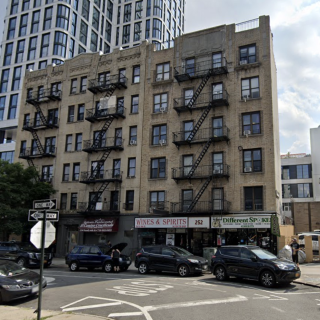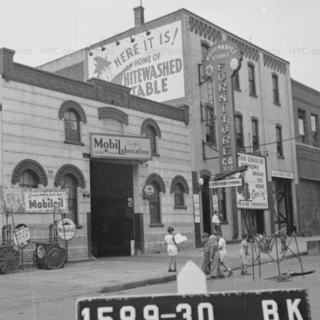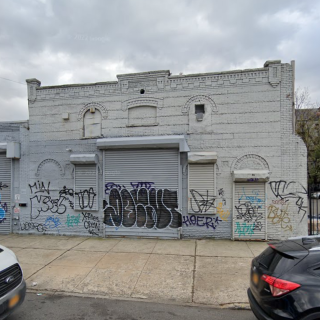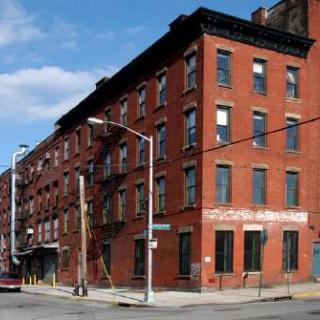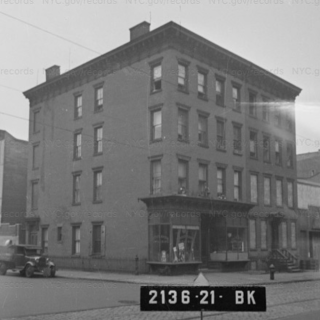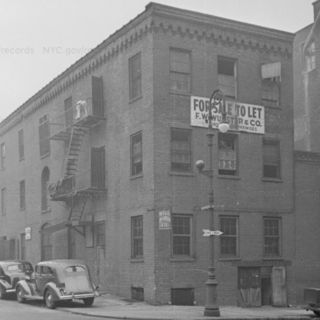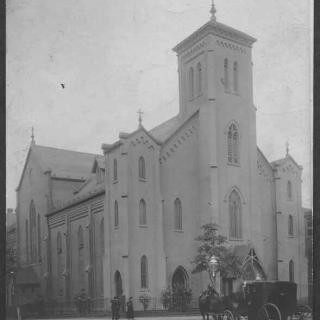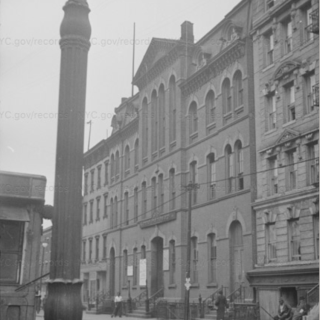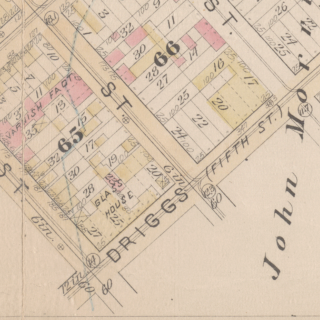Building information: Real Estate Record & Builders' Guide, July 11, 1914.
New Entries
Demolished circa 2017 to 2019. Original construction information from Real estate record and builders' guide (v. 69, no. 1784: May 24, 1902), page IX.
Part of the Eberhard Faber Historic District. The only building in the district that was not purpose-built as a factory for the Eberhard Faber Pencil Co.
Source: Real Estate Record & Builders Guide, vol. 28, no. 702 (August 27, 1881), 848.
“Buildings Projected,” Real Estate Record & Builders’ Guide 19, no. 477 (n.d.): 365.
Originally constructed as a three story building, the top floor was removed after 1940. “Buildings Projected,” Real Estate Record & Builders’ Guide 19, no. 479 (n.d.): 413.
“Buildings Projected,” Real Estate Record & Builders’ Guide 19, no. 484 (n.d.): 514.
This building at 125 Eagle Street looks like it was once something, and sure enough it was. It was built in 1891 as the Children's Mission, a project of the Greenpoint Reformed Church on Kent Street. The Mission was established on November 20, 1881 as a Sunday school occupying a storefront on Eagle Street.
Pagination
- Previous page
- Page 2
- Next page
